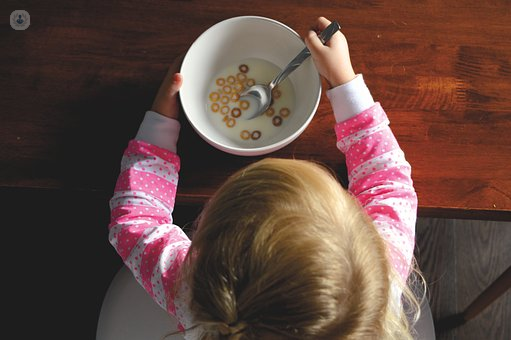

What is tooth decay?
Tooth decay is the breakdown of the hard outer surface of the tooth called the enamel. As the enamel wears away, holes in the tooth can form known as caries.

What are the symptoms?
The symptoms of tooth decay in children include:
When the cavity first forms it will be light brown in appearance. As it gets deeper, it starts to turn black.
How is tooth decay diagnosed?
Tooth decay is diagnosed with a physical examination of your child’s mouth. Occasionally, an X-ray might be taken to assess the extent of the decay.
What are the causes of tooth decay in children?
Damage to the enamel is caused by the reaction between natural bacteria in the mouth and the food you eat. Over time the acids produced in this reaction eats away at the enamel and causes tooth decay.
What your child eats plays a large role in this process. Foods which contribute most to tooth decay include sugary drinks, fruit juice, chocolate, sweets, cereals, cake, and bread.
The other main factor is poor oral hygiene. It is important that your child brushes their teeth twice a day using a fluoride-based toothpaste.
How do you prevent it?
You can help prevent tooth decay in your child by making sure:
How is tooth decay in children treated?
In the very early stage of tooth decay the enamel is able to repair itself given sufficient time between meals.
If your child has a cavity however, treatment aims to restore the tooth with fillings. This can be made out of a range of materials, including silver ceramics, resin, or arylic acids.
